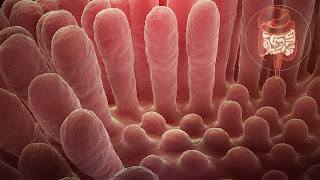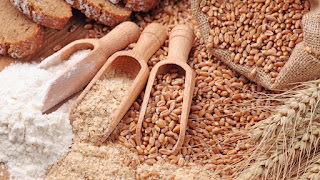I hope that everyone had a safe and happy Thanksgiving with your loved ones! My sister-in-law and her husband hosted the holiday festivities at their home again this year, as they do each year. It is always great to spend time with family. I feel extra blessed that I am able to do so safely by bringing some of my own gluten free meal as well as enjoying other items provided by others that were gluten free.
Food is always such a big and important part of any celebration or get-together, of course, but at times like these I like to focus mainly on other aspects of these kind of events instead of the food. Don't get me wrong - as my waistline attests - I love to eat! And I was especially tickled that my mom made my favorite dessert, peach cobbler - adjusting the recipe to make it gluten free. But the very best parts of the holiday weekend had nothing at all to do with food.
Thanksgiving Day my husband and I gathered together with my mom, father-in-law, mother-in-law, Dave's sister, her husband and their son, Josh who came home for a visit. We enjoyed good conversation, shared a lot of laughter and I learned how to play a new card game. Okay, so the game isn't a new one, but I'd never played before, neither had my mom. Thankfully, everyone put up with my frustrations as I tried to comprehend how to play. By the second game, I finally understood and was able to relax and have fun with it. I'm very grateful for family who love me and forgive me even when my frustrations get the best of me. So, yes, being with family is a HUGE blessing and one I am so grateful for!
Black Friday - or, in our family, Black & Gold Friday (Iowa Hawkeyes v Nebraska Cornhuskers football game) came around and Dave and I were back at Deb and Craig's to watch the game. We were joined by their daughter, Beth, her husband, Tim and their two little girls. While we were there, we shared memories by looking at a photo album my niece, Beth found in her parents storage. I watched (and snapped a few pictures) as my sister-in-law pointed out special ornaments on her Christmas tree to her granddaughters. And, the girls found some of their mommy's old dance costumes from when she was their ages, so they played dress up and modeled for me. As you can tell, I didn't get a lot of the game watched. I usually become the living dress up doll for these two precious little girls and this day was no different. At fifty years old, getting up off of the floor isn't so easy anymore, but oh, do I have a blast with these two! My husband and I don't have children so our nieces, nephews and great-nieces and great-nephews are extra special to us. My favorite part of this entire weekend was sitting on the sofa with a 6 year old and 3 1/2 year old snuggled on my lap as I read story books to them. BEST. THING. EVER.
We don't get to see my side of the family very often, so I miss them terribly - especially during the holidays. But, I'm so grateful for each and every one of them and for social media, so we can still keep track of each other, even when we aren't able to be together in person.
Today closed out the holiday weekend with an uplifting and thought-provoking service at my church, New Hope. I feel so blessed to be a part of this New Hope family and thrive on the love and many hugs, encouragement and support that the members there give so freely to others.
There are so many wonderful blessings in our lives. Too many to name. Sometimes it feels like all there is to life is turmoil, struggle and pain. When things get overwhelming and it feels you have nothing good in your life, take a moment to think about the good things in your life. Sometimes it helps to write them down so you can look at them when you need reminding.
Oh, and by the way - the Hawkeyes won! :-)





















